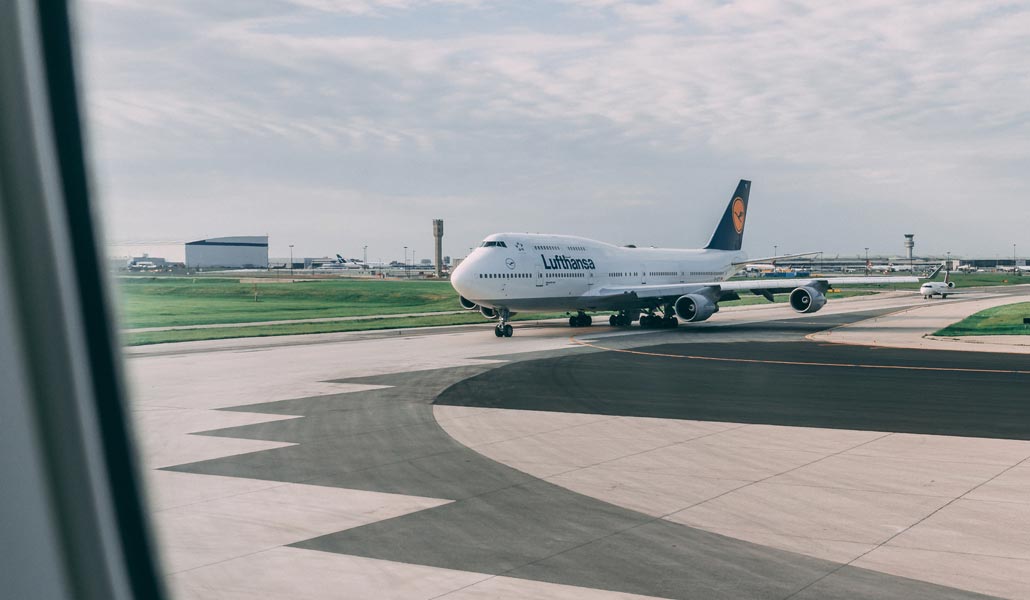Low-cost, long-haul travel: The advent of more fuel-efficient, long-haul aircraft has kept aloft one particular sector of the aviation market: low-cost, long-haul, says Gillian Upton
“Expect no frills, and lots of added extras but for the bulk of customers, it’s the price of the basic fare that counts”
It began with low-cost flights across the Atlantic from the UK on upstart Norwegian Air Shuttle (now winner of the Skytrax award for its endeavours) and then the low-cost, long-haul concept spread worldwide, including start-ups from the legacy carriers keen to get in on the act.
Today, a handful of the world’s largest scheduled carriers have launched lowcost, long-haul subsidiaries to ensure that they stay in the game. Lufthansa has Eurowings, flying out from its Dusseldorf base; Qantas has long had Jetstar Airways based in Melbourne, started to counter the threat from Virgin Blue; Singapore Airlines has Scoot, flying chiefly to India and China; Air Canada has Air Canada Rouge serving destinations in Europe, Asia and Africa; and two more recently joined the fold.
Air France Debut
Air France launched Joon, targeted directly at Millenials in December 2017. Flying out of Paris, it serves short-haul as well as long-haul destinations, such as Cairo, Cape Town and Tehran. It was apparently named Joon to sound like jeune, the word for young in French.
Another relative newcomer is Level, from IAG, the stable that includes Iberia, Aer Lingus, Vueling and British Airways. Launched in March 2017, Level flies Barcelona to Buenos Aires, San Francisco, Punta Cana, LA and Boston plus Paris Orly Airport to Montreal, New York (Newark), Guadeloupe, and Martinique. It is promising rock bottom one-way fares from Euros99.
Of the ‘independents’, JetBlue in North America flies across the States and into South America and the Caribbean; Malaysian-based Air Asia flies to 25 countries across the region, while Icelandic-based Wow Air flies between Iceland, Europe and North America and even Delhi!
Forget the Frills
Expect no frills, and lots of added extras but for the bulk of customers, it’s the price of the basic fare that counts. Wow Air’s advertising promises: Brightest smile. Lower prices. Newer planes. On time.
Restrictive fare types are another characteristic. Norwegian’s restrictive fare types, in terms of cancellation and change charges, often don’t suit large swathes of the business community, nor does the limited frequency, ie. a twice-a-week schedule compared with a scheduled carrier’s twice-a-day schedule, for example.
Nonetheless, budget-minded businesses can enjoy access to No1 Lounges and fast track through security if they are loyalty scheme members; these are tangible benefits for those business travellers who can be flexible on when and how they fly.
Of course, low-cost, long-haul is not a new concept: Freddie Laker of Laker Airways’ fame launched Skytrain in the Seventies to ply UK-Atlantic routes at bargain basement fares but using DC-10 aircraft that were heavy on fuel. This time round the airlines have the advantage of more fuel-efficient aircraft and longer-range aircraft to make it work.
This mix allows airlines to manage aircraft utilisation and yealds better. Greater range aircraft with less seats means that the airline can guarantee to fill them. The Airbus A321LR with 200 seats is one example. Norwegian utilises Boeing 787s which burn approximately one third less fuel on transatlantic routes than comparable types. Wow Air has the Airbus A330neo which claims 14% fuel saving when compared with an A330 model.
New aircraft such as Boeing’s 737 MAX will help these low-cost, long-haul operators further. Norwegian has already ordered over 100 of them to fly Europe-Asia routes.
So far so good but sadly in early October last year came the first casualty of this burgeoning trend: Primera Air, a Danish/Latvian travel group. Despite utilising a brand new fleet of Airbus 321 neo aircraft, the airline collapsed after 14 years of operation, blaming unforeseen fleet problems such as severe delays of aircraft deliveries, operational issues and loss of revenues.
Primera used both Stansted and Birmingham as its bases for its long-haul route network. But almost as this one airline closed its door that another in the market was shouting about expansion. Canada’s low-cost, long-haul contender Air Transat will launch six UK-Canada routes from May 2019, making a total of 40 direct flights from the UK every week.
Despite Primera’s demise, the market is booming according to aviation industry analyst CAPA. It cites that in summer 2017, the low-cost, long-haul sector accounted for 6% of transatlantic seat capacity, having doubled from 3% in the summer of 2016. It seems like the long-haul, low-cost sector is here to stay.
